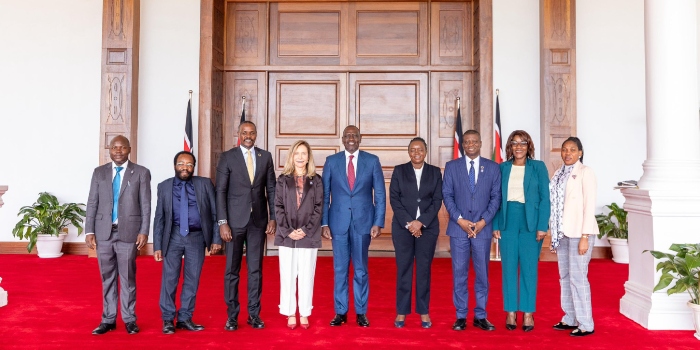Kenya is taking decisive steps to bolster its climate resilience by modernising its weather forecasting systems, with a particular focus on protecting vulnerable pastoral communities in arid and semi-arid regions.
The initiative comes as President William Ruto reaffirmed Kenya's commitment to enhancing early warning capabilities through strategic partnerships.
"Accurate data and early warning systems are essential for building climate resilience and achieving sustainable development," President Ruto stated during a meeting with World Meteorological Organization (WMO) Director-General Celeste Saulo at State House Nairobi.
The President emphasized Kenya's role in regional climate action, noting that collaboration with the private sector, development partners, and WMO expertise would modernize critical weather infrastructure.

Push for advanced meteorological systems holds particular significance for Kenya's pastoralist communities in northern regions, where climate extremes have become increasingly severe. Meteorological experts are currently implementing cutting-edge solutions in Garissa County, where the WISER Kenya project and other partners are training local agencies on flood prediction using the advanced WRF-Hydro model.
For pastoralists who have endured cycles of drought and devastating floods, these technological advancements could be life-changing.
Experts stated that the new systems promise timely alerts that would enable communities to protect livestock, relocate to safer areas, and implement other preventive measures before disasters strike.
Kennedy Thiongo, a Meteorological Officer involved in the Garissa training, explained that the hydrological model would significantly improve flood forecasting accuracy in the drought-prone region.
County officials have welcomed the initiative, with Garissa's Disaster Management Director, Mohammed Dubow, noting its potential to deliver critical information directly to vulnerable sub-counties.
The Red Cross's Daud Ahmed highlighted how the program marks a shift from reactive disaster response to proactive risk management, a crucial change for pastoral communities that have traditionally borne the brunt of climate shocks.

.jpg)